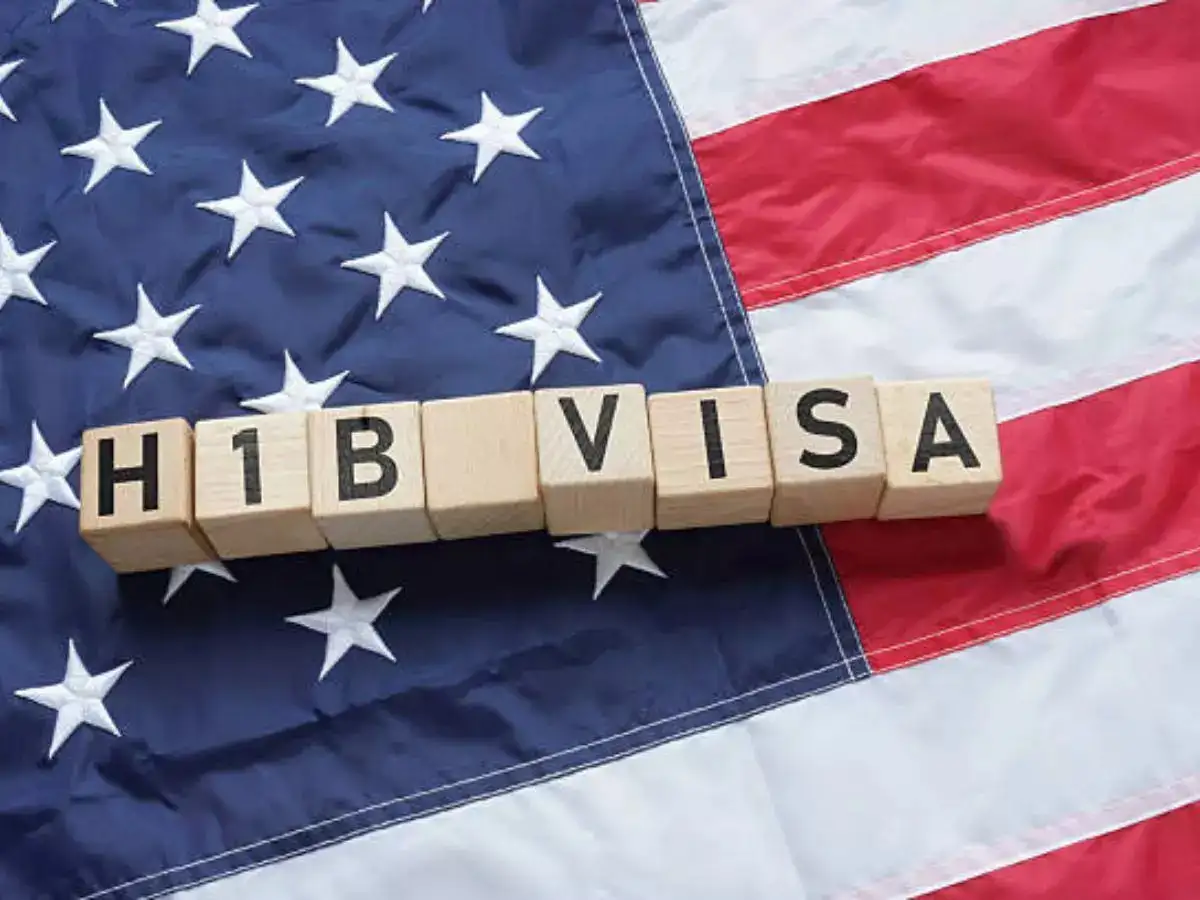H-4 EAD Work Authorization Secured as Supreme Court Declines Challenge
This ruling provides critical stability for H-1B families and reinforces the legal basis for H-4 work authorization, ensuring continued economic contributions from skilled immigrant spouses.

Subscribe to our newsletter and stay informed about latest H1B news, policy updates and and other developments.
Article Summary
The US Supreme Court has declined to hear a challenge to the federal rule allowing certain H-4 spouses of H-1B visa holders to work, effectively upholding the legality of H-4 employment authorization. This decision, announced on October 15, 2025, preserves a 2015 Obama administration rule that was challenged by Save Jobs USA. It provides significant relief and stability for thousands of immigrant families and their employers.
Original Article: ibtimes.com
[ Sentiment: positive | Tone: factual ]
This summary and analysis were generated by TheNewsPublisher's editorial AI. This content is for informational purposes only; it does not constitute legal or immigration advice.
[ Sentiment: positive | Tone: factual ]
This summary and analysis were generated by TheNewsPublisher's editorial AI. This content is for informational purposes only; it does not constitute legal or immigration advice.
TNP AI: Key Insights
This decision removes a significant cloud of uncertainty for H-4 visa holders, many of whom are highly skilled professionals, allowing them to continue working and contributing to the US economy without fear of policy reversal. For employers, it ensures talent retention and stability within their H-1B workforce, as dual-income households are often critical for long-term employee settlement and productivity.
The H-4 EAD rule, initially introduced by the Obama administration in 2015, aimed to reduce financial burdens and improve the retention of skilled workers. This Supreme Court decision brings a decade-long legal battle, initiated by Save Jobs USA, to an effective close, affirming the Department of Homeland Security's authority to grant such work permits.
While this ruling solidifies H-4 work authorization, the broader landscape of US immigration remains volatile, as evidenced by recent proposals like the controversial $100,000 H-1B visa fee mentioned in the article. This judicial restraint, however, may signal a cautious approach by the courts regarding challenges to administrative immigration rules, potentially influencing future legal strategies for similar policy debates.




